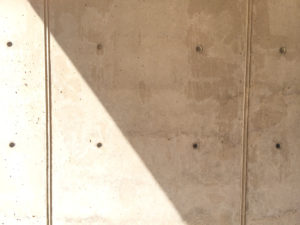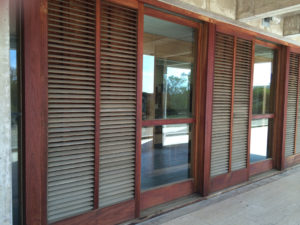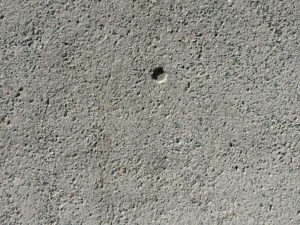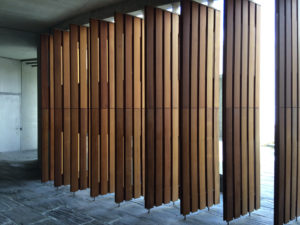There is nothing like looking, if you want to find something.
~ J.R.R. Tolkien
FIELD TRIPS
Significant architecture is the most tangible of all the arts. Architecture is also the art experience most affected by its context. Thus, there is no substitute for experiencing the real world, especially for an architect. In architecture, as in most aspects of life, intentions and motives are of less importance than actual outcomes. Architectural results can only be truly experienced at full scale. This applies equally to spatial configurations to the scale of rocks in a gabion to the size of exposed aggregate in concrete to the operation of a lift-up door.
Field Trips serve multiple purposes, both general and specific. Visits to certain projects, installations, or people have no direct physical connections to the DTS Project House, but serve to provide the critical general inspiration required to achieve excellence. Other visits are important for known specific attributes that relate specifically to the DTS project. And still other visits are important for exposure to unknown innovations in a particular subject area. Although architectural and aesthetic qualities are often the major component of most visits to building sites and installations, some visits are primarily for a more specific experience, such as a construction process, the operations of moving parts, or a user interface for home automation. One experiences how specifics and particulars contribute or detract from the whole work.
The Owners and mills studio took field trips together to building sites, to gardens and landscapes, to door installations, to concrete installations, to fabricators, to furniture showrooms, to art installations, to low voltage installations, among other destinations. mills studio and consultants visited sites together and mills studio and the Owner’s made visits separately. What we see is often a result of what we are looking for and what is in our mind at the time we are looking. Thus, the same locations were often visited multiple times with a different focus for each visit. For example, Louis Kahn’s Salk Institute and Williams Tsien’s Neuroscience Institute were visited while designing the DTS Project House first as examples of significant architecture, a second time focused on their exposed concrete construction, and a third time for their water features and privacy / screening devices. Each visit revealed different secrets and provided different inspiration.
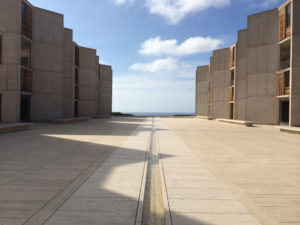
Salk Institute, Louis Kahn 1965
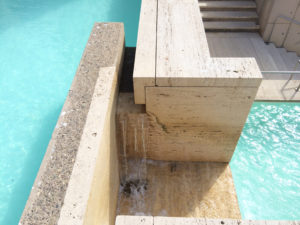
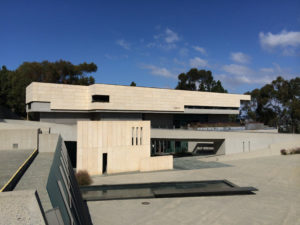
Neuroscience Institute, Williams Tsien 1995

Eventually everything connects – people, ideas, objects. The quality of the connections is the key to quality per se.
~ Charles Eames

